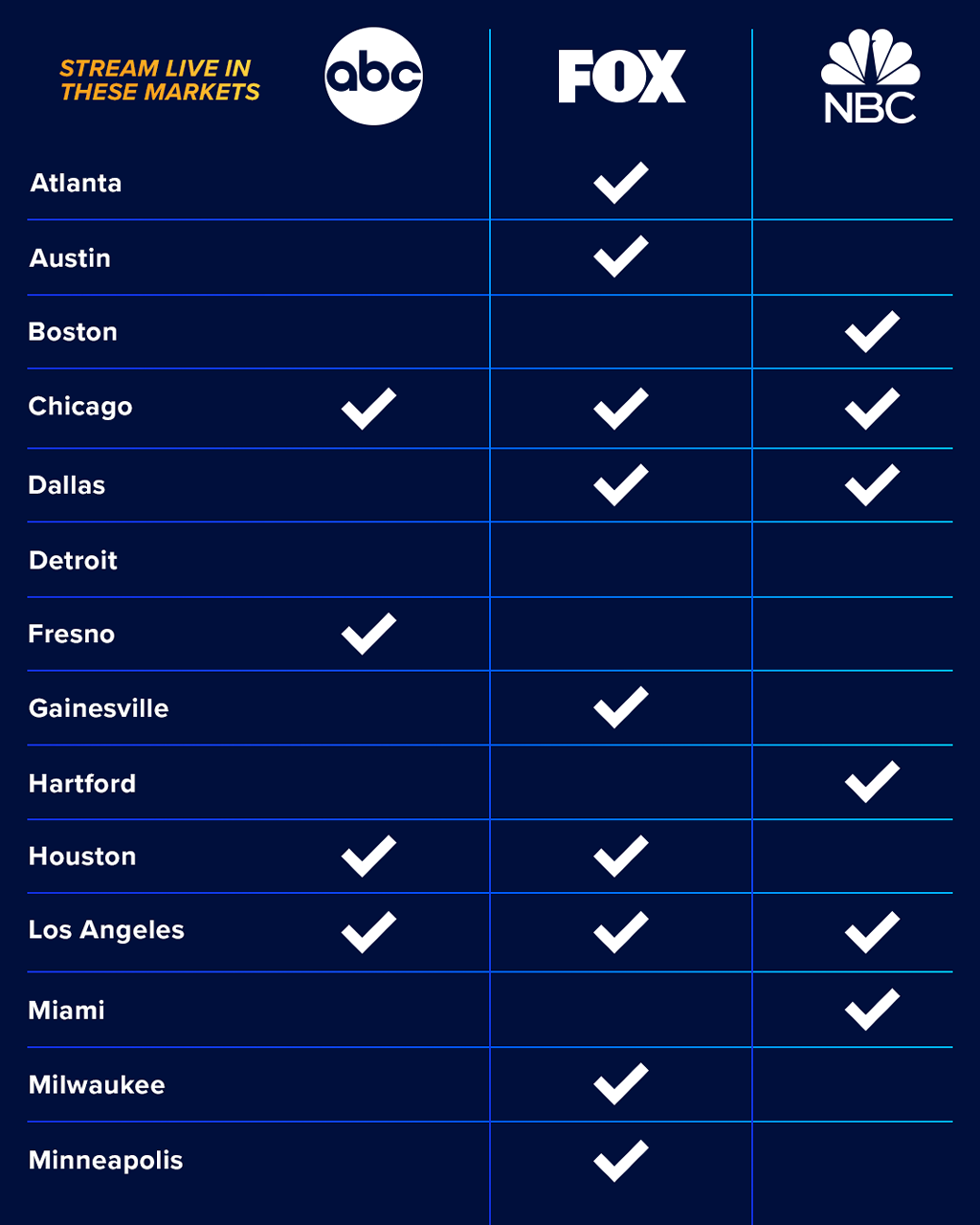The Apollo Group Tv Ideas
The Apollo Group Tv Ideas
Blog Article
A Biased View of Apollo Group Tv
Table of ContentsThe Facts About Apollo Group Tv UncoveredThe 3-Minute Rule for Apollo Group TvMore About Apollo Group TvGetting My Apollo Group Tv To Work
In this circumstance, as opposed to having three-minute business spots during a 30-minute tv program, TV programs might transform to one where a consumer will be called for to have a month-to-month membership, so that they cen sight targeted banner advertisements. This sort of marketing already happens on the net, and the quantity of information television business gather enables them to do similar.Describe the impact of sponsors on program web content. Describe the significant trends among the broadcasting and cable television networks. When television was in its infancy, producers modeled the new tool on radio. Popular radio reveals such as police dramatization Dragnet and western cowboy collection Gunsmoke were adjusted for television, and brand-new television shows were sponsored by solitary marketers, equally as radio programs had been.
Today, the television sector is much more intricate. Programs are funded by several advertisers; programs is controlled by major media conglomerates; and the 3 major networks no much longer dominate the airwaves but rather share their audiences with many cord channels. Numerous aspects represent these patterns within the sector, consisting of technological growths, federal government guidelines, and the creation of brand-new networks.

What Does Apollo Group Tv Mean?
Developed in 1969, (PBS) established out of a record by the Carnegie Payment on Educational Television, which checked out the role of academic, noncommercial television on culture. Public tv was also meant to provide global accessibility to television for customers in country areas or visitors who could not manage to pay for private tv solutions.
The duration between 1950 and 1970 is historically identified as the. Other than a small part of airtime regulated by public television, the three major networks (understood as the Big 3) dominated the television sector, collectively representing even more than 95 percent of prime-time watching. In 1986, Rupert Murdoch, the head of international company News Corp, introduced the Fox network, testing the prominence of the Big 3.
Targeting young and minority audiences with shows such as Buffy the Vampire Slayer, Moesha, Dawson's Creek, and The Wayans Bros., the new networks really hoped to attract terminals far from their old network associations. Rather than repeating the success of Fox, UPN and WB struggled to make an effect. Not able to bring in many affiliate stations, both recently established networks got to less households than their larger competitors since they were impossible in some smaller sized cities.
This choice paved the way for the advancement of wire film networks, contributing to the exponential growth of cable in the 1980s and 1990s. apollo tv. More deregulation of wire in the 1984 Cable Communications Policy Act removed restrictions on cord prices, enabling operators to charge what they wanted for cable solutions as long as there worked my explanation competitors to the service (a standard that over 90 percent of all wire markets can satisfy)
The Main Principles Of Apollo Group Tv
Having produced the initial "superstation," Turner expanded his realm by starting 24-hour information network CNN in 1980. At the end of the year, 28 national shows services were offered, and the wire revolution had begun. Over the following years, the sector underwent a period of fast development and appeal, and by 1994 viewers can pick from 94 fundamental and 20 costs cable services.
Figure 9 - https://www.gaiaonline.com/profiles/apollogtv01/46869840/.16 Raised competition from wire networks has created a stable decline in the networks' target market rankings. During the 1950s, the cost of creating a solitary television program enhanced as programs ended up being much longer and manufacturing expenses rose. Sponsorship on network television moved from single sponsorship, in which a program was totally sustained and generated by one advertiser, to numerous sponsorship, in which advertisers purchased 1- or 2-minute areas on the show
Choose one of the Big Four networks and print out its weekly programming schedule. Watch the network's prime-time programs over the course of a week, noting the target market for each show.
The Best Strategy To Use For Apollo Group Tv

Straight TV, usually referred to as typical broadcast TV, encompasses cord and satellite television. It's called "direct" because material adheres to a fixed programs schedule, unlike on-demand web content which the individual visitor makes a decision to view based upon their very own preferences and timetable. When you ask, "What is direct Television?", consider it as the timeless means of enjoying TV that has actually been around for years.
Report this page